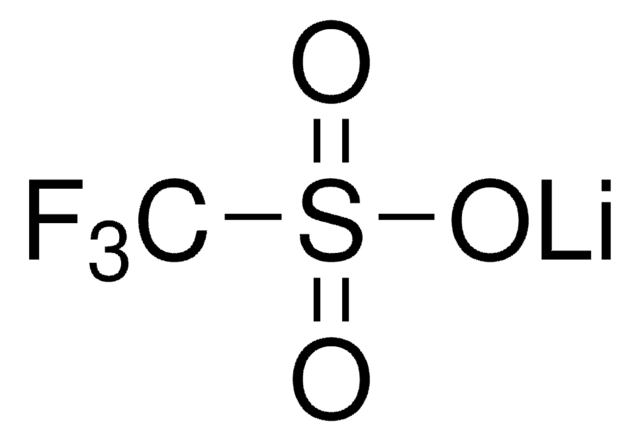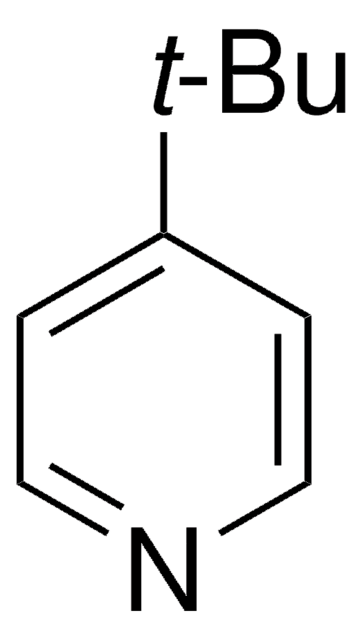30-2730
Titanium(IV) oxide
JIS special grade, ≥99.0%
Synonym(s):
Titania, Titanium dioxide
About This Item
Recommended Products
grade
JIS special grade
Assay
≥99.0%
form
solid
composition
rutile, ~90%
reaction suitability
reagent type: catalyst
core: titanium
availability
available only in Japan
mp
>350 °C (lit.)
density
4.26 g/mL at 25 °C (lit.)
storage temp.
15-25°C
SMILES string
O=[Ti]=O
InChI
1S/2O.Ti
InChI key
GWEVSGVZZGPLCZ-UHFFFAOYSA-N
Looking for similar products? Visit Product Comparison Guide
Related Categories
Storage Class Code
11 - Combustible Solids
WGK
nwg
Flash Point(F)
Not applicable
Flash Point(C)
Not applicable
Regulatory Listings
Regulatory Listings are mainly provided for chemical products. Only limited information can be provided here for non-chemical products. No entry means none of the components are listed. It is the user’s obligation to ensure the safe and legal use of the product.
ISHL Indicated Name
Substances Subject to be Indicated Names
ISHL Notified Names
Substances Subject to be Notified Names
JAN Code
30-2730-2-25G-J:
30-2730-5-500G-J:
Choose from one of the most recent versions:
Already Own This Product?
Find documentation for the products that you have recently purchased in the Document Library.
Our team of scientists has experience in all areas of research including Life Science, Material Science, Chemical Synthesis, Chromatography, Analytical and many others.
Contact Technical Service



